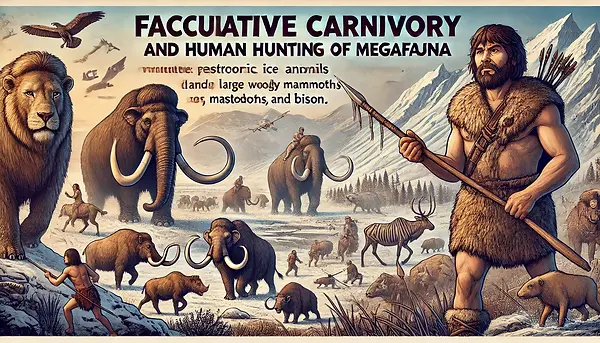


Title:
Long distance endurance running may have played a role in persistence hunting
Abstract:
Endurance running and the evolution of Homo
Details
Endurance running and the evolution of Homo
Abstract
Striding bipedalism is a key derived behaviour of hominids that possibly originated soon after the divergence of the chimpanzee and human lineages. Although bipedal gaits include walking and running, running is generally considered to have played no major role in human evolution because humans, like apes, are poor sprinters compared to most quadrupeds. Here we assess how well humans perform at sustained long-distance running, and review the physiological and anatomical bases of endurance running capabilities in humans and other mammals. Judged by several criteria, humans perform remarkably well at endurance running, thanks to a diverse array of features, many of which leave traces in the skeleton. The fossil evidence of these features suggests that endurance running is a derived capability of the genus Homo, originating about 2 million years ago, and may have been instrumental in the evolution of the human body form.
Rethinking the evolution of the human foot: insights from experimental research
Nicholas B. Holowka, Daniel E. Lieberman
Journal of Experimental Biology 2018 221: jeb174425 doi: 10.1242/jeb.174425 Published 6 September 2018
Abstract
Adaptive explanations for modern human foot anatomy have long fascinated evolutionary biologists because of the dramatic differences between our feet and those of our closest living relatives, the great apes. Morphological features, including hallucal opposability, toe length and the longitudinal arch, have traditionally been used to dichotomize human and great ape feet as being adapted for bipedal walking and arboreal locomotion, respectively. However, recent biomechanical models of human foot function and experimental investigations of great ape locomotion have undermined this simple dichotomy. Here, we review this research, focusing on the biomechanics of foot strike, push-off and elastic energy storage in the foot, and show that humans and great apes share some underappreciated, surprising similarities in foot function, such as use of plantigrady and ability to stiffen the midfoot. We also show that several unique features of the human foot, including a spring-like longitudinal arch and short toes, are likely adaptations to long distance running. We use this framework to interpret the fossil record and argue that the human foot passed through three evolutionary stages: first, a great ape-like foot adapted for arboreal locomotion but with some adaptations for bipedal walking; second, a foot adapted for effective bipedal walking but retaining some arboreal grasping adaptations; and third, a human-like foot adapted for enhanced economy during long-distance walking and running that had lost its prehensility. Based on this scenario, we suggest that selection for bipedal running played a major role in the loss of arboreal adaptations.
Hypothesis:




